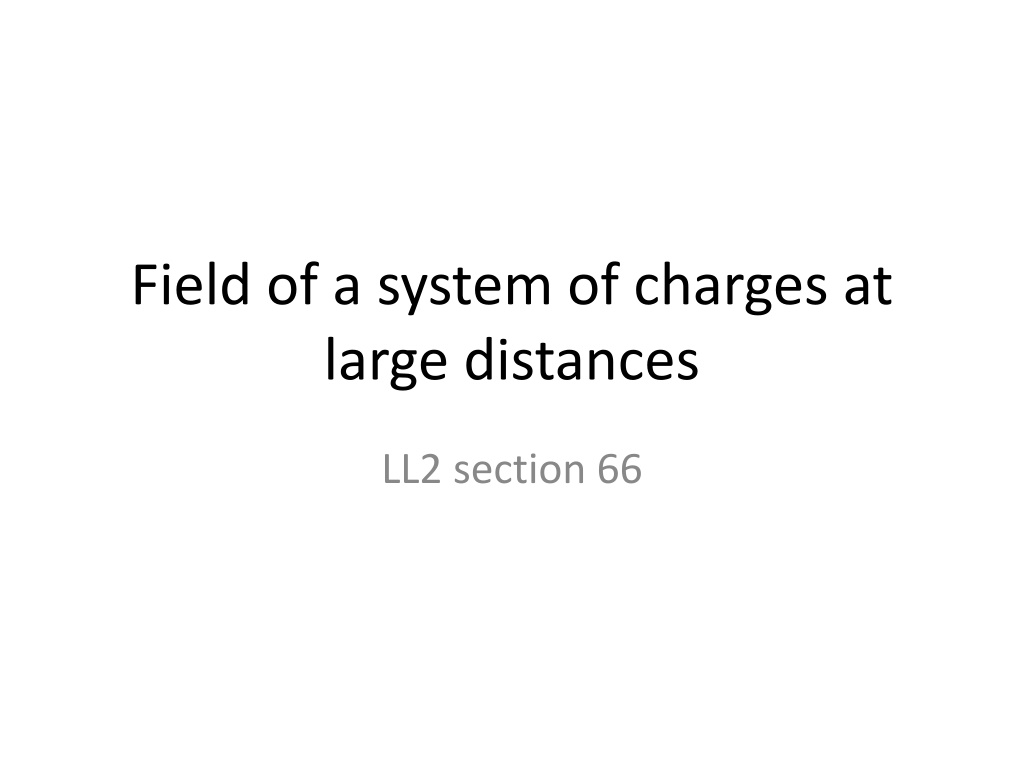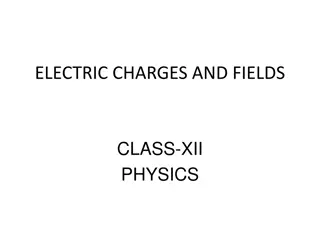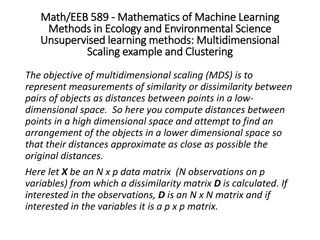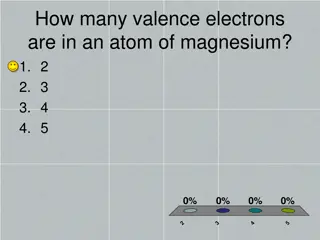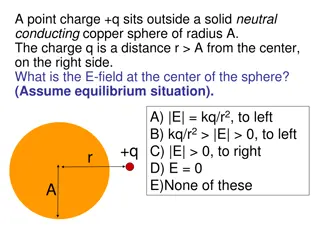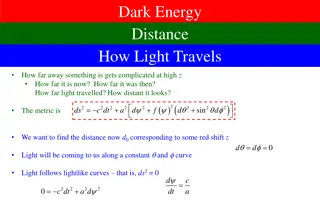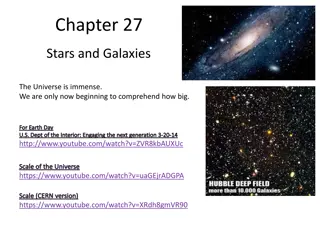Field of a system of charges at large distances
The field of a system of charges at large distances is explored, focusing on the approximate form, wave zone, plane waves, Lienard-Wiechert potentials, energy flux density, spectral resolution of radiated waves, and total energy radiated from non-periodic events like collisions. The content delves into exact and approximate calculations, providing insights into electromagnetic field behavior in different scenarios.
Download Presentation

Please find below an Image/Link to download the presentation.
The content on the website is provided AS IS for your information and personal use only. It may not be sold, licensed, or shared on other websites without obtaining consent from the author.If you encounter any issues during the download, it is possible that the publisher has removed the file from their server.
You are allowed to download the files provided on this website for personal or commercial use, subject to the condition that they are used lawfully. All files are the property of their respective owners.
The content on the website is provided AS IS for your information and personal use only. It may not be sold, licensed, or shared on other websites without obtaining consent from the author.
E N D
Presentation Transcript
Field of a system of charges at large distances LL2 section 66
Approximate form at large distances Exact retarded potentials (62.9) and (62.10) r.n is neglected in the denominators But not in the retarded times tr = t - R/c = t R0/c + r.n/c because and j might change a lot during the time r.n/c even if that time is short compared to R0/c. Note that both and A go as 1/R0
Large distances Wave-zone . Field looks like a plane wave in a small region. Need R0 >> . Need R0 >> size of the distribution
Plane waves: We need only A, not , to find the fields in the wave zone. (47.3) Evaluated at the retarded time t = t - R/c Since A goes as 1/R0, the field in the wave zone also goes as 1/R0
If the source is a single point charge, use the Lienard-Wiechert potentials (63.5), exact At large distances R R0 (constant) Then equation (63.1) for the retarded time t , where t -r0(t ).n/c = t R0/c determines t
Energy flux density Energy Flux = amount of energy per unit time passing through area df = R02do LL calls this Intensity dI, which is usually reserved for <S>t Solid angle Since H2 ~ 1/R02, dI is the same for all distances if t - R0/c is the same for them Units of dI = speed x energy density x area = Power
Substitute the monochromatic parts from the Fourier expansion Time-dependent fields
What is the total energy radiated from a non-periodic event, e.g. a collision? dEn = energy radiated into do with frequencies in the range to + d
From (49.8) for any time dependent field f From (66.6), the radiated intensity is The part of the total radiated energy that is within the interval d /2
th coefficient in Fourier expansion of current density Substitute into (66.7)
Line integral along trajectory of particle
